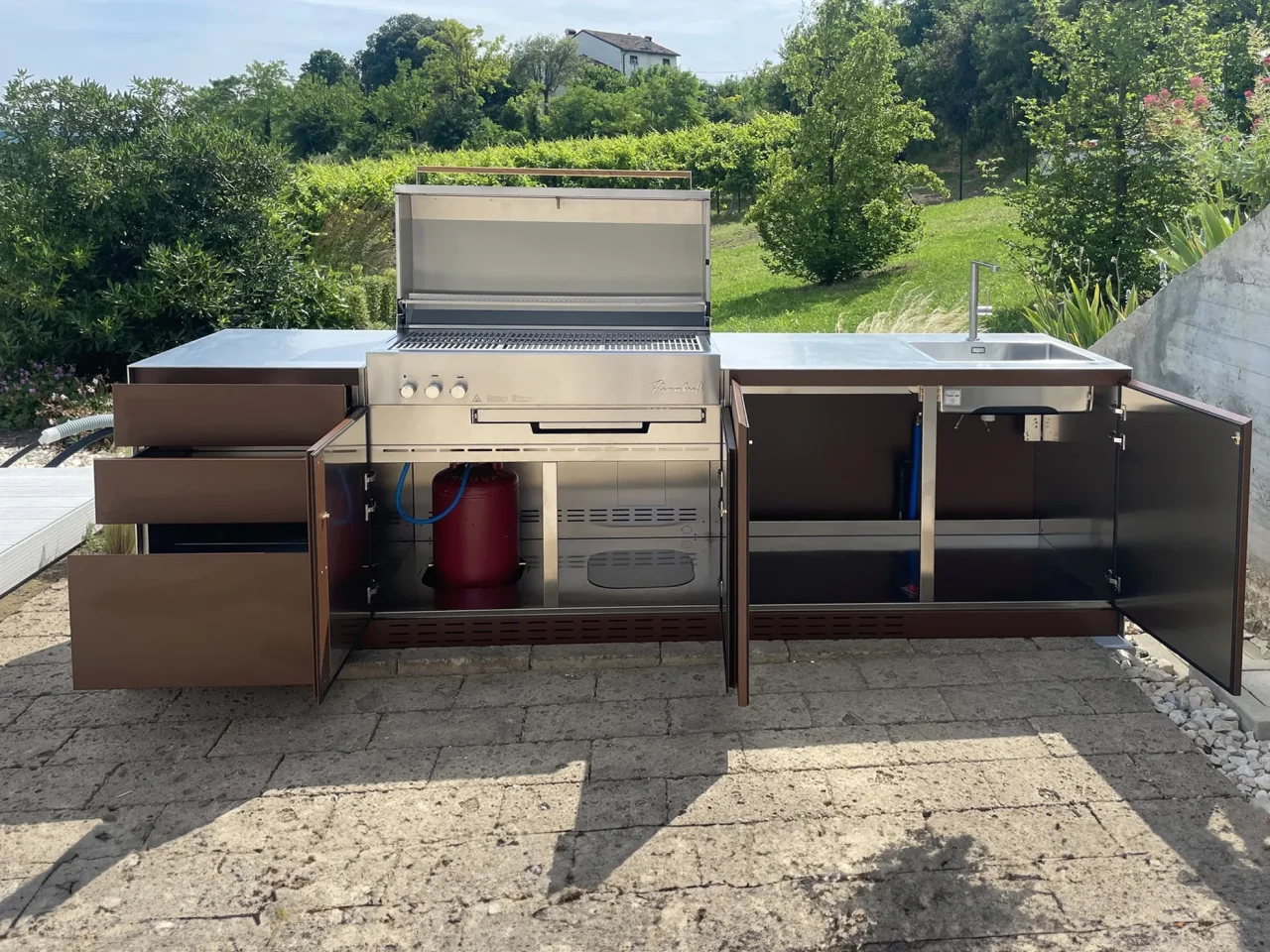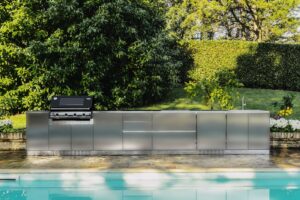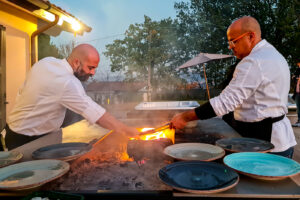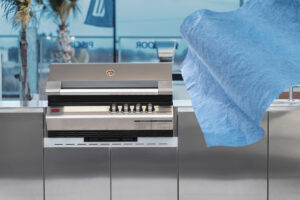In a northern hemisphere of the world increasingly permeated by rising temperatures, the quest for moments of connection with nature becomes ever more urgent for many of us. While the open air bestows a sense of relaxation, one activity in particular combines feelings of leisure, indulgence, and community: outdoor cooking. But where did this open-air culinary tradition originate? And how has it evolved over millennia? Let’s together discover the fascinating journey of an ancient culinary practice.
The Origins of Outdoor Culinary Art: A Return to Primordial Roots
The earliest traces of outdoor cooking date back over 2 million years, when the ancestors of Homo Sapiens began using fire to prepare meals and gather around it. These primitive cooking fires were set up outdoors, but over time, human ingenuity found its way towards the protection of caves, reducing the risk of fires and providing greater safety against the perils of the wild. Throughout the centuries, these evolving rudimentary hearths transformed into more elaborate grills, discovered as early as 2300 BC. The use of metal cauldrons became common during the Middle Ages, and in the 18th century, summer kitchens emerged as a solution to avoid overheating homes prior to the advent of air conditioning and modern stoves. This is just the beginning of the journey of outdoor cooking.
An Ode to Innovation in Outdoor Kitchen Design
Today, the architecture of design offers us an overview of various iterations of outdoor kitchens that blend tradition and innovation. A simple and cost-effective solution to enhance outdoor dining space is represented by modular kitchens and barbecues. These flexible elements can be easily integrated into gardens, balconies, or terraces, invoking the spirit of outdoor cooking from our ancestors. While the cooking setup can vary with flexible units or portable barbecues, the importance of keeping a distance from the house remains paramount in the era of appliances and technology. For those seeking a smoother connection between indoor and outdoor spaces, the indoor-outdoor kitchen is the answer. Ideal for regions with variable climates, this solution employs large window panels that create continuity between the two areas. During the winter, this option allows the natural roof covering of the house to be utilized. A simpler alternative is represented by pass-through or sliding windows, which enable easy access from the outside and minimize distances.
Towards New Horizons: Extending Indoors to Outdoor Kitchens
For those in search of a more refined design, the horizontal extension of outdoor kitchens is an intriguing option. This technique offers more surface area and broader preparation spaces, while also creating a visual delight that enhances design lines. Maintaining continuity between indoor and outdoor materials is a choice that accentuates the language of design, but some projects show that a distinct break between the two worlds can make the architectural experience even more stimulating. The use of weather-resistant materials, such as stainless steel, porcelain, or brick, allows the linear extension to harmonize with the surrounding environment, creating a harmonious connection between indoor and outdoor spaces.
All of this to say that outdoor cooking represents an ancient tradition that has evolved over time, embracing the modernity of design. Choosing a modular option, an indoor-outdoor design, or a horizontal extension depends on your taste, but the world of outdoor kitchen design offers endless possibilities to create unique and functional spaces that satisfy the needs and preferences of each of us. Whatever your requirements and requests, for your outdoor kitchen, you can always rely on the team of designers at OF Outdoor Kitchens. Come take a look at our showroom or visit our website to discover all the possibilities we offer for the outdoors.






